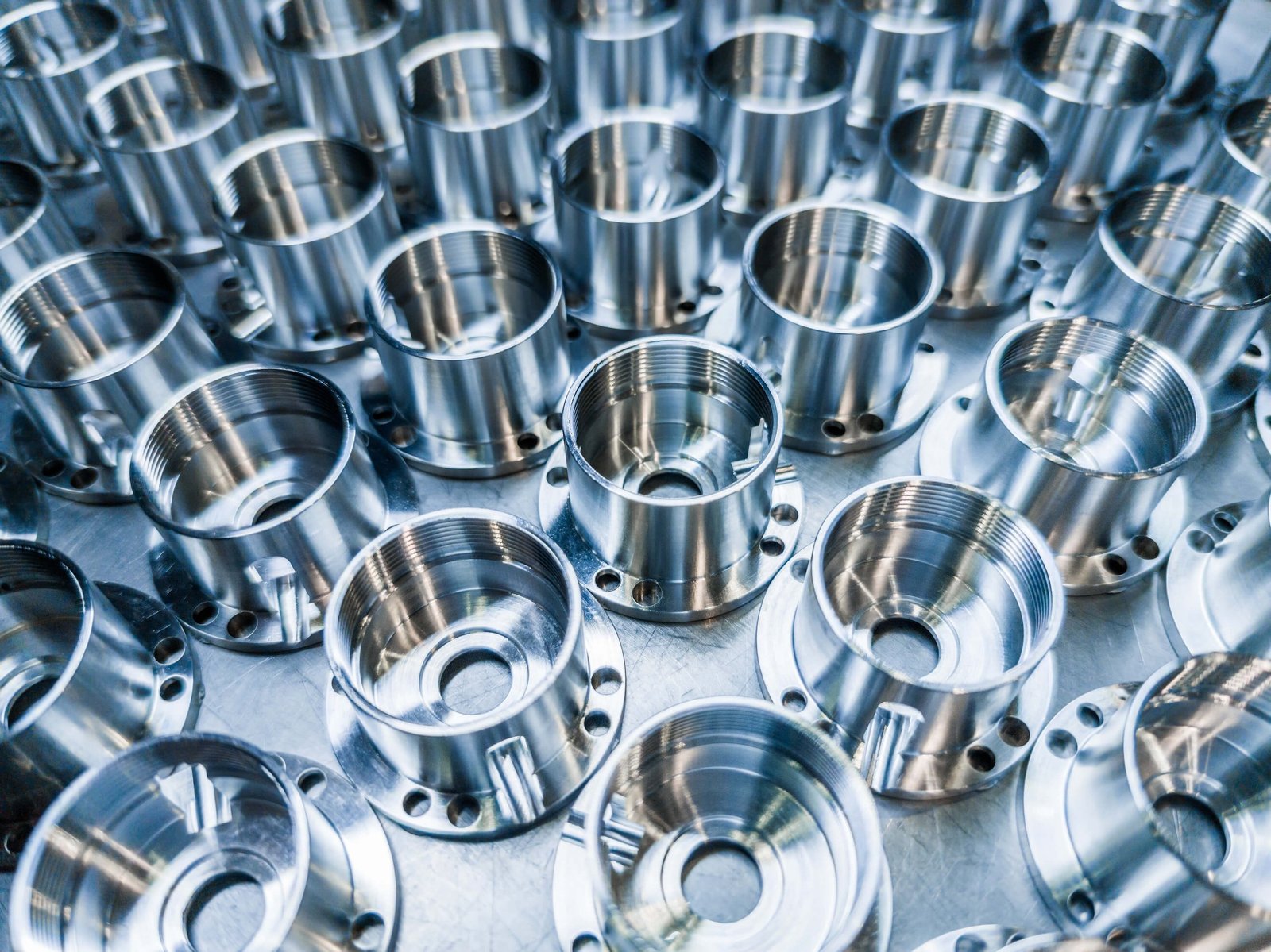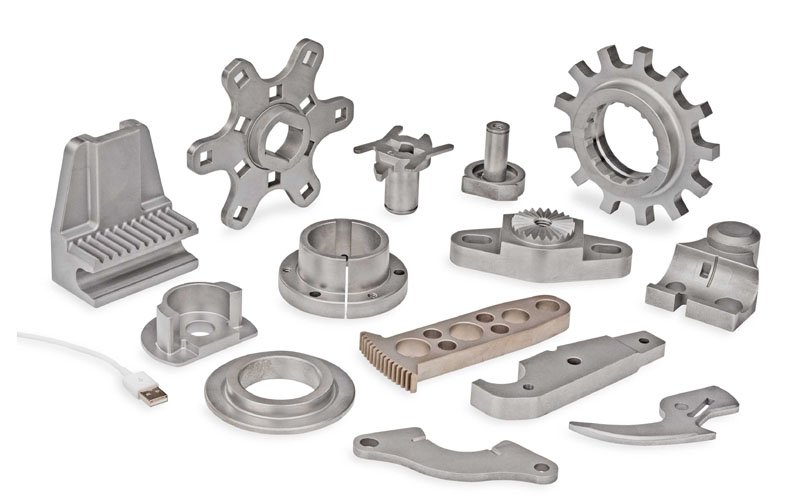

To measure how rough a metal surface is, manufacturers often use a tool called a profilometer. It uses a diamond-tipped stylus to trace the surface, measuring all the tiny peaks and valleys. The results are usually shown in microinches or micrometers—the higher the number, the rougher the surface.
Here’s where electropolishing really shines: it typically cuts that roughness by half. So, if a part starts with a surface roughness of 16 microinches, electropolishing can bring it down to around 8 microinches. That’s a big improvement when surface quality counts.
Think of a metal surface under a microscope: lots of tiny peaks and valleys. During electropolishing, electrical current naturally concentrates on the high points—the peaks. As a result, those peaks get dissolved and leveled off. The overall effect? A much smoother surface with improved microfinish values.
On average, electropolishing removes about 0.0005 inches from each surface, which is usually enough to cut surface roughness in half. And as shown in the data (see Chart B), removing more metal than that won’t necessarily improve the finish further—it’s about precision, not excess.


Electropolishing is especially useful for parts that are delicate, intricately shaped, or too complex for traditional polishing methods. While techniques like grinding, lapping, or harperizing may work for simple shapes, they’re not ideal for multi-faceted or fragile components. Electropolishing, on the other hand, handles those parts with ease and delivers consistent results.
Want to see the difference electropolishing can make?
Send us your parts or prototypes, and we’ll electropolish them at no cost including free shipping.
Most samples are processed and returned within 24–48 hours.
It’s a risk-free way to experience a smoother, better-performing finish.
From implantable devices to surgical instruments, electropolishing provides a single-step treatment that delivers biocompatible, ultra-clean, and safe components.
We provide aerospace vendors and OEMs with our signature metal finishing services, enhancing fatigue resistance and ensuring their metal parts withstand long-term stress and corrosion.
We follow industry standards to electropolish pharmaceutical components in compliance with ASTM B912 and ASME BPE, ensuring clean, smooth, corrosion-resistant surfaces free from contaminants.
Corrosion resistance and micro finish improvement are essential for critical automotive parts, making electropolishing an increasingly beneficial option for automakers.
Our metal finishing services enhance corrosion resistance and, through electropolishing, remove the outermost metal layer boosting the durability and lifespan of appliance components.
Electropolishing materials used in this industry help prevent bacterial biofilm buildup and eliminate contaminants like Salmonella. This process ensures the high level of sanitation required by various regulatory agencies.
From robotics to mobile equipment, electropolishing plays a vital role in the hydraulics and pneumatics industry. By preventing premature part failure, it minimizes downtime and extends the lifespan of critical components.
Electropolishing enhances both conductivity and performance in electronic components. It also improves surface finish by up to 50%, eliminating imperfections without compromising the material’s integrity.